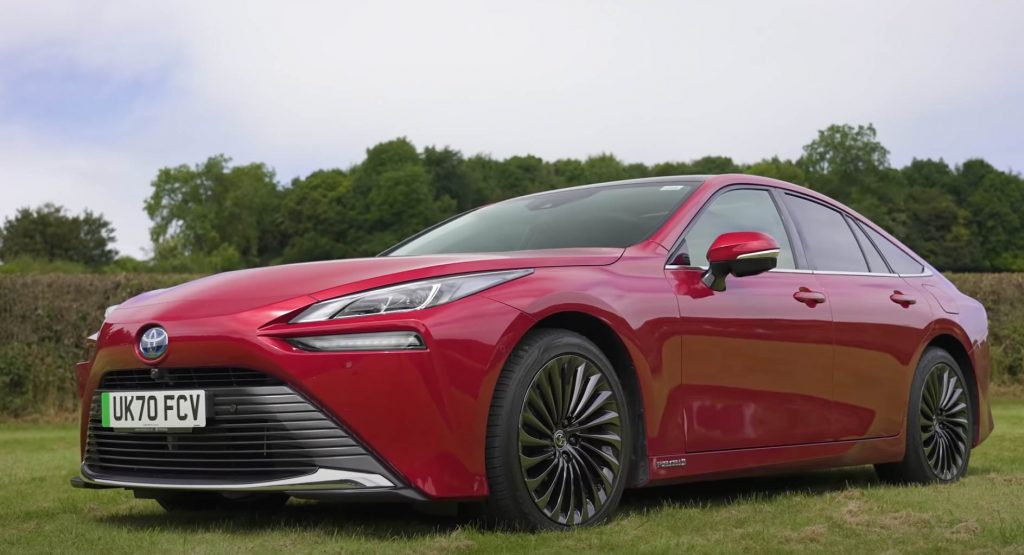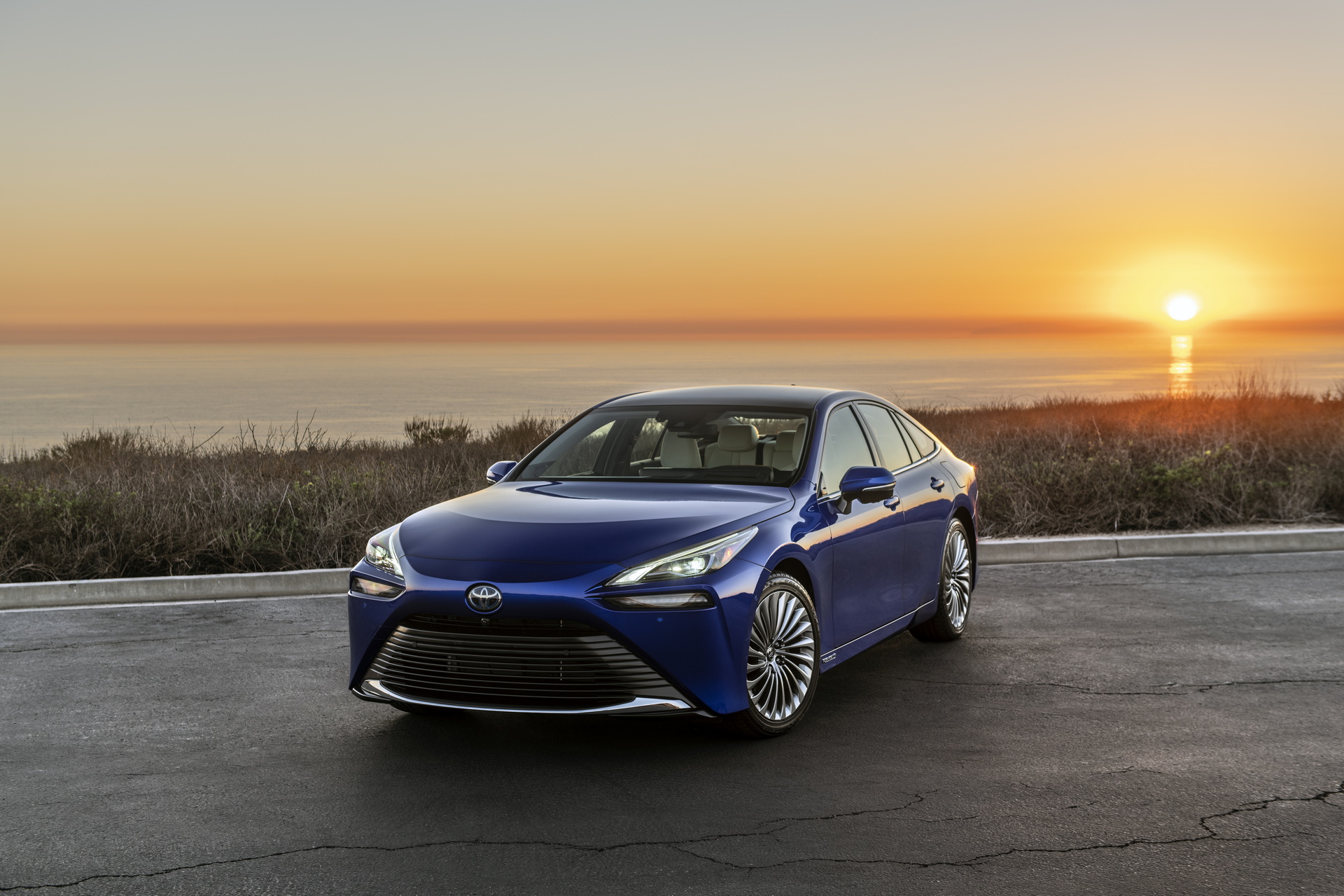While the world seems to be moving en-mass to BEVs, Mat Watson of Carwow takes a look at the hydrogen fuel cell-powered Toyota Mirai to see what it has to offer.
Firstly, it is a huge step forward from its predecessor in terms of its looks and gets an upgrade in platform too. The new Mirai is based on the GA-L platform also used by the Lexus LS as opposed to the outgoing car’s Prius-derived underpinnings. With a remarkably luxurious-looking front end, its back end is designed to complement modern aesthetics, and the side profile boasts a coupe-like silhouette with arch-filling 20-inch alloy wheels.
It doesn’t come cheap, though. The base model costs £50,000 ($68,000 converted), while the range-topping version costs £65,000 ($89,000). While it’s cheaper than its predecessor, the Mirai is in the ballpark of EV competitors such as the Jaguar I-Pace and Mercedes EQC.
The Mirai generates electricity using a hydrogen fuel cell and its output is rated at 182 hp and 300 Nm of torque. According to Toyota, filling up its 5.6 kg hydrogen tank gives 400 miles (640 km) of range. The only byproduct of this engine is water, which drains from an outlet beneath the car when it’s stopped.
Watch: James May’s Verdict On His Own Toyota Mirai
While the Mirai is decidedly not intended for speed demons, Watson managed to get a 7.8-second 0–60 mph (0–96 km/h) time — quicker than Toyota’s claim of 9.0 seconds.
The interior has comfortable electric leather seats, an electrically adjustable steering column, wireless charging, and digital displays, among other amenities. The back seats are spacious enough for six-footers, and it offers 321 liters of boot capacity. The two-stage particulate air purification system, cameras that produce a layout of the car’s surroundings on the central display, and noise-canceling speakers on the rear doors are just a handful of the standout features of the Mirai. However, its regenerative braking system might cause the braking response to feel inconsistent.
Because it lacks hefty battery packs, the Mirai is lighter than its rival EVs, weighing in at 1900 kg. As a result, unlike other electric cars with rigid suspension, the Mirai’s setup ensures a soft and comfortable ride even over bumps and potholes. Putting your foot down gives a slight whine from the fuel cell, which Watson refers to as the “supercharger whine of the future.” Also, because the drive comes from the rear wheels, the Mirai pushes you through the twisties, allowing you to have a bit of mildly restrained fun.
There’s a big “but,” though. The biggest catch of owning a Mirai is the absence of hydrogen infrastructure. With only 11 hydrogen filling stations in the UK, owners of hydrogen-powered cars will likely find it challenging to put their vehicles to practical use.





